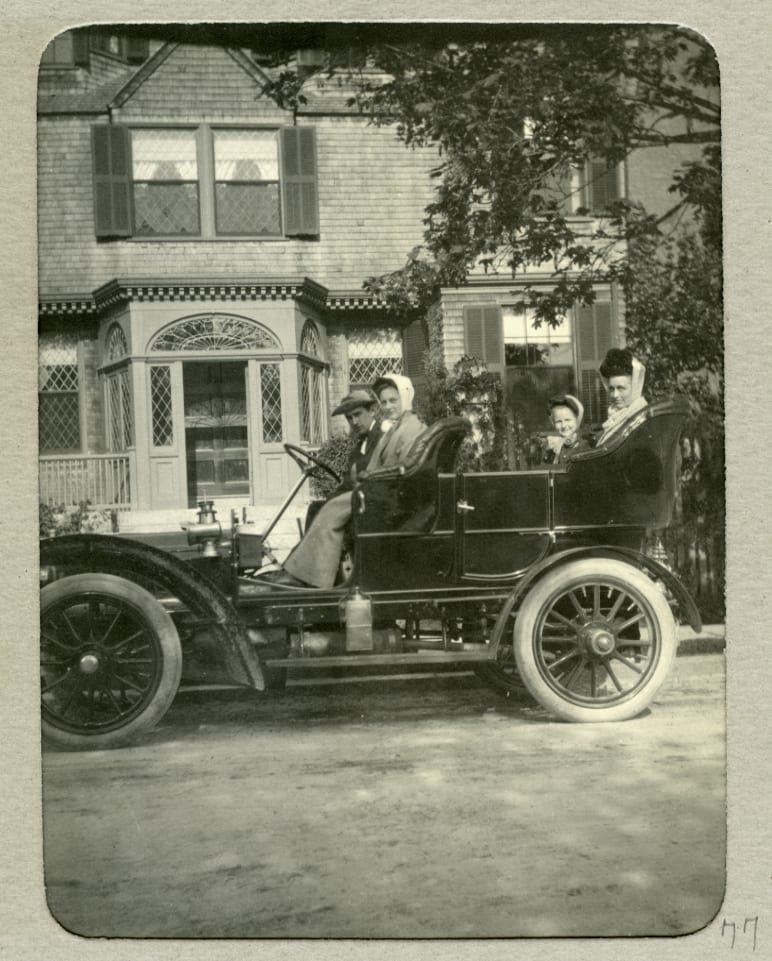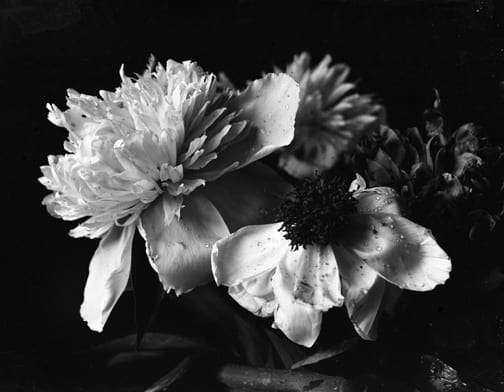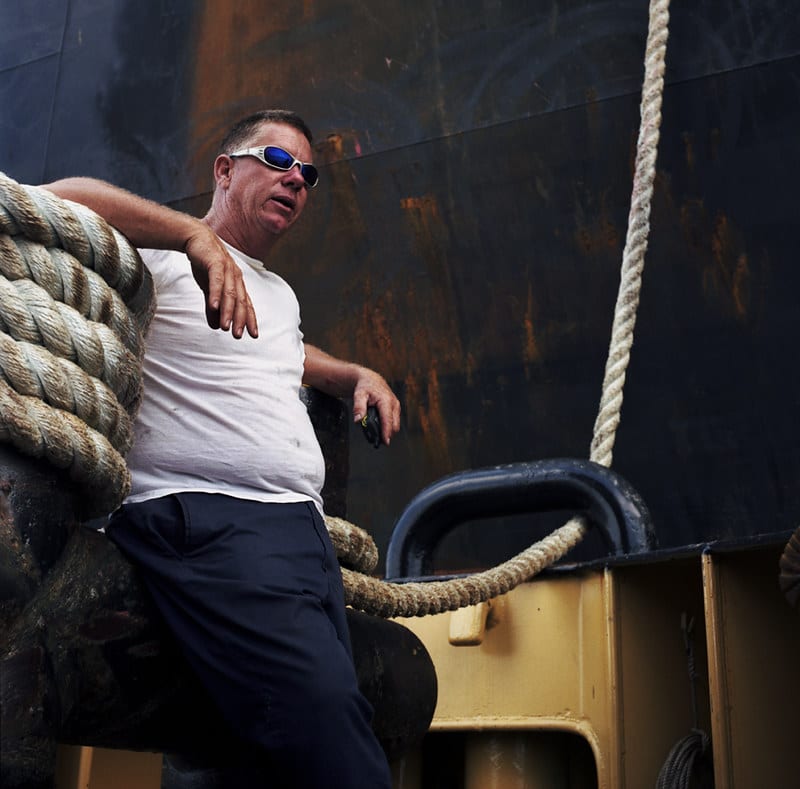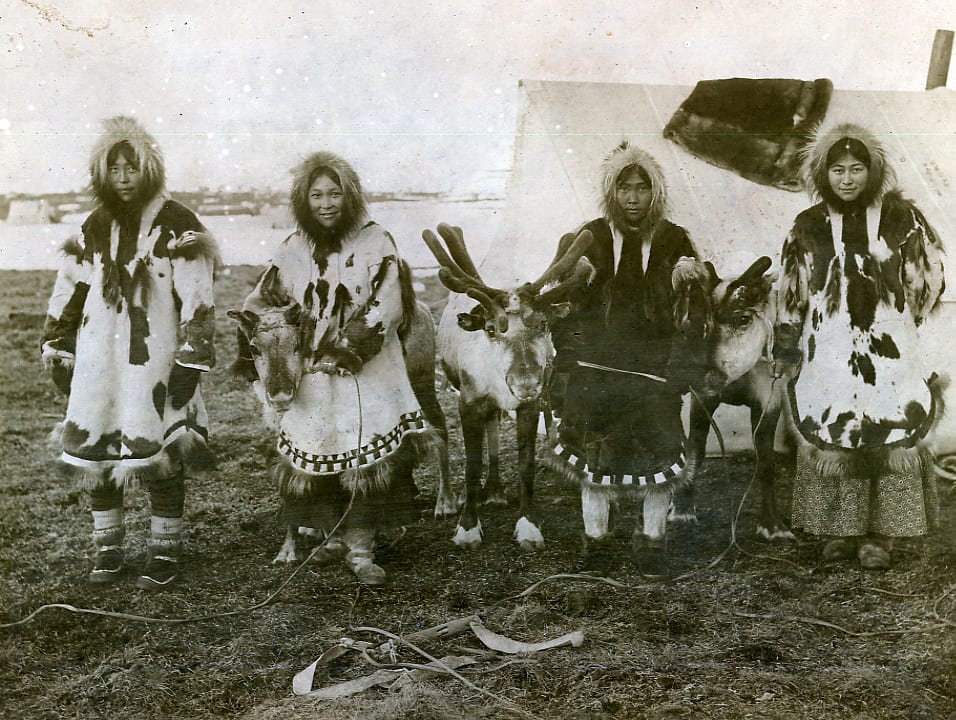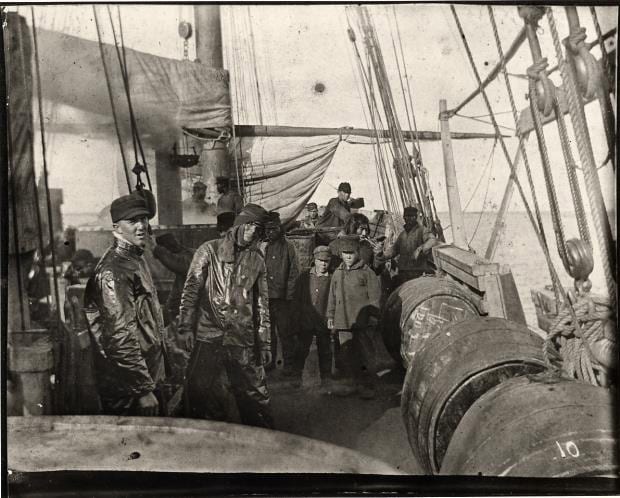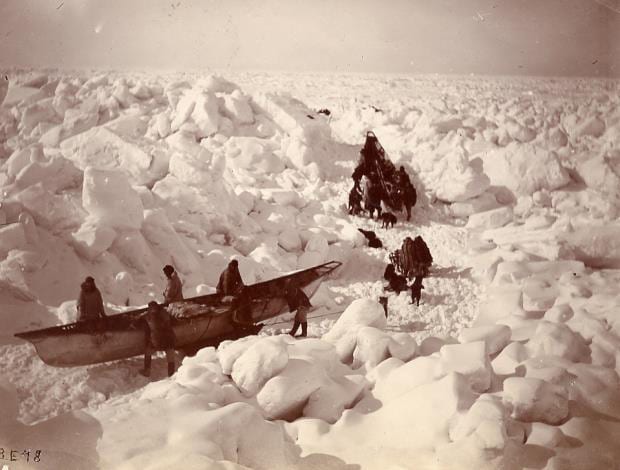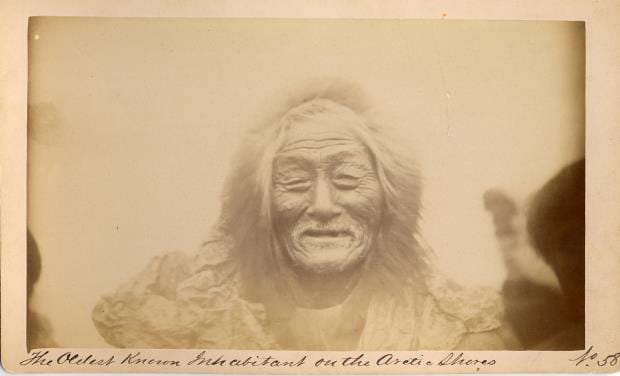Photography Collections
New Bedford has a rich photographic heritage. The medium’s arrival corresponds with the city’s age of prosperity.
Subject areas of strength include; historic whaling, the waterfront, waterfront trades, regional watercraft, fishing, yachting, regional architecture, industry, emigration, portraiture, Arctic and ethnographic documentation. The Museum actively collects both historic and contemporary photography. Appointments to see works not on exhibition can be made using photoresearch@whalingmuseum.org.
The Museum has approximately 200,000 photographic and digital objects in the Adaline H. Perkins Rand Photographic Archives. Of these approximately 28,000 are accessible through the online catalog.
Photographic Collections
Arctic Regions, William Bradford
William Bradford's (1823-1892) "Arctic Regions" was published in London in 1873, principally sponsored by Queen Victoria. An estimated 300 volumes were printed. Three are owned locally, one here at the New Bedford Whaling Museum one belonging to the Millicent Library in Fairhaven, and one at the New Bedford Free Public Library.
Following Fish
Photographs by Phillip Mello. The New Bedford Whaling Museum celebrates the people who continue to make their living from the sea. This tradition faces many challenges. Over time, the fishing industry’s impact on people locally and around the world is not without controversy. This exhibition will highlight the economic and environmental concerns as well as personal stories of the New Bedford fishing industry.
Norman Fortier
Prescott Collection
The Prescott Collection, named for its primary creator Dr. Henry D. Prescott, and for his wife, Hester Swift Prescott, consists of an estimated 1,300 negatives and 188 photographic albums holding over 8,500 photographs. The vast majority of the photographs are of everyday life in his home towns of New Bedford and South Dartmouth, beginning in 1892 and continuing until his death in 1945.
Finding Aids
Aldrich Collection
The New Bedford Whaling Museum’s Aldrich Collection of photographs consists of 258 images captured by journalist Herbert L. Aldrich (1860-1948) during the 1887 Arctic whaling season. Aldrich spent time on eight New Bedford whaling vessels between March and October of 1887, documenting the whaling industry and the native peoples of the Arctic.
Bodfish Collection
The New Bedford Whaling Museum’s Bodfish Collection consists of 111 photographs taken by master whaler Hartson H. Bodfish (ca. 1862-1945) during his time aboard the Beluga as captain and later the Mary D. Hume as first mate. During the long stretches of voyaging in the Arctic, Bodfish took many photographs documenting life aboard these ships and on the icy tundra as well as demonstrating the whale craft and hunting that took place.
Comer Collection
The Comer Collection of the New Bedford Whaling Museum consists of approximately 200 photographs taken by Captain George Comer (1858-1937) during whaling voyages to the Hudson Bay between 1900 and 1905. The majority of the photographs document Aivilingmiut and Qaernermiut culture; other subjects include the whaling schooner Era and her crew, whale processing, and the flora and fauna of the Hudson Bay.
Jarvis Collection
The New Bedford Whaling Museum’s Jarvis Collection consists of 127 photographs related to the life and career of David Henry Jarvis (1852-1911). Jarvis likely took the majority of the photos while serving in the U.S. Revenue Cutter Service in Alaska and the Bering Sea. The photos show the Revenue Cutter Bear, on which Jarvis served as a lieutenant and captain, whaleships the Bear encountered while in the Arctic, scenes of native peoples, landscapes, and documentation of the famous 1897-1898 rescue of eight whaleships.
Kennedy Collection
The Kennedy Collection of the New Bedford Whaling Museum consists of approximately 150 photographs compiled, and primarily taken, by Charles D. Kennedy in 1886 while serving aboard the U.S. Revenue Cutter Bear in the Arctic. Photograph subjects include the Bear and her crew, Alaskan landscapes, settlements, and vessels encountered by the Bear.
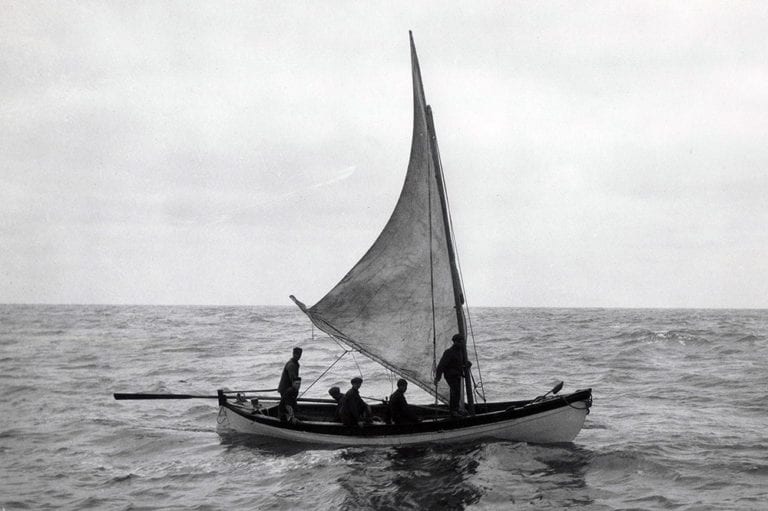
The New Bedford Whaling Museum has approximately 200,000 photographic and digital objects in the Adaline H. Perkins Rand Photographic Archives. Of these approximately 28,000 are accessible through the online catalog. To search click the button below to access the Museum's Photography Archive. Click "Search." Enter the collection name or other keyword in the "Word Search," refine your selection as desired, and/or click "Search."
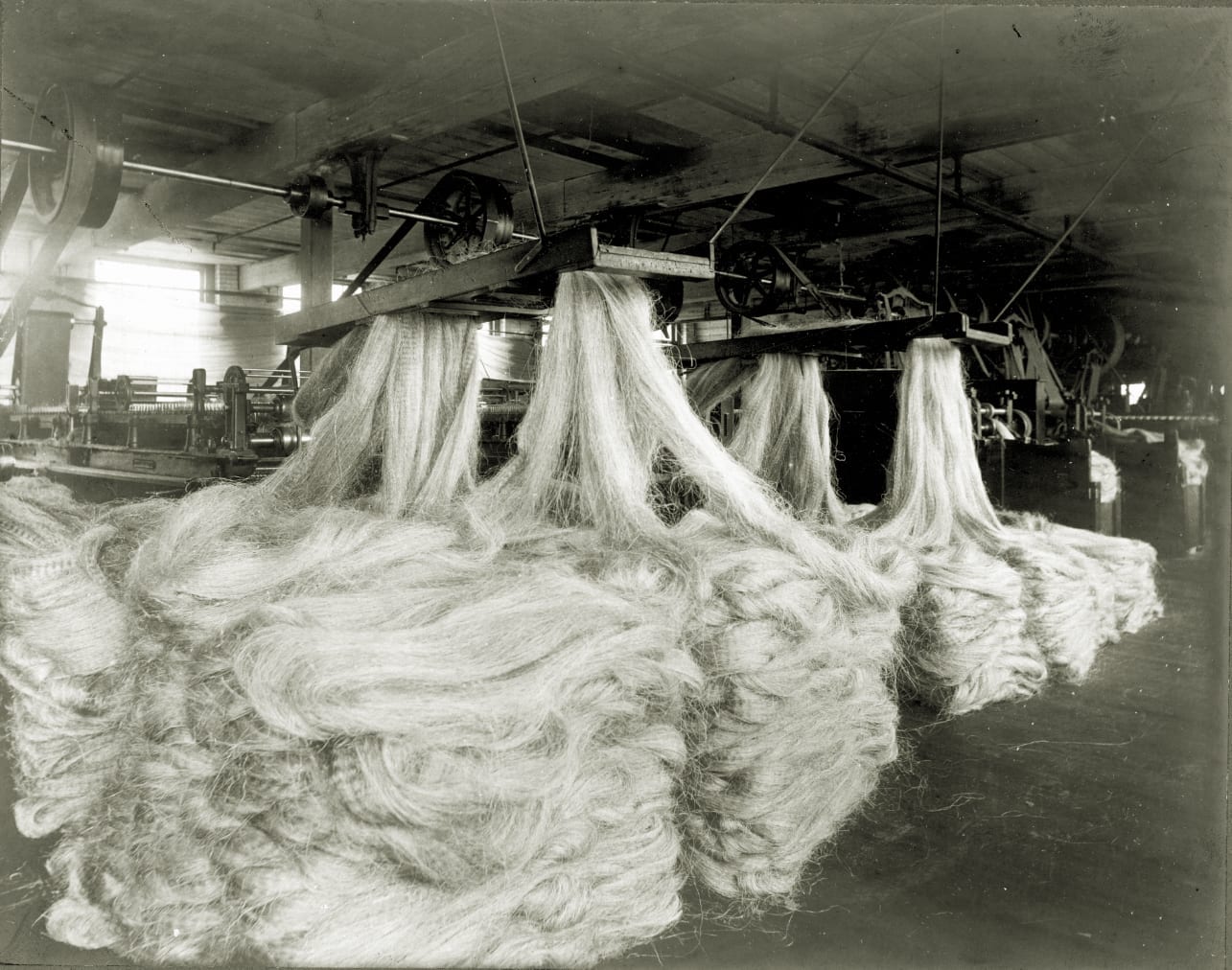
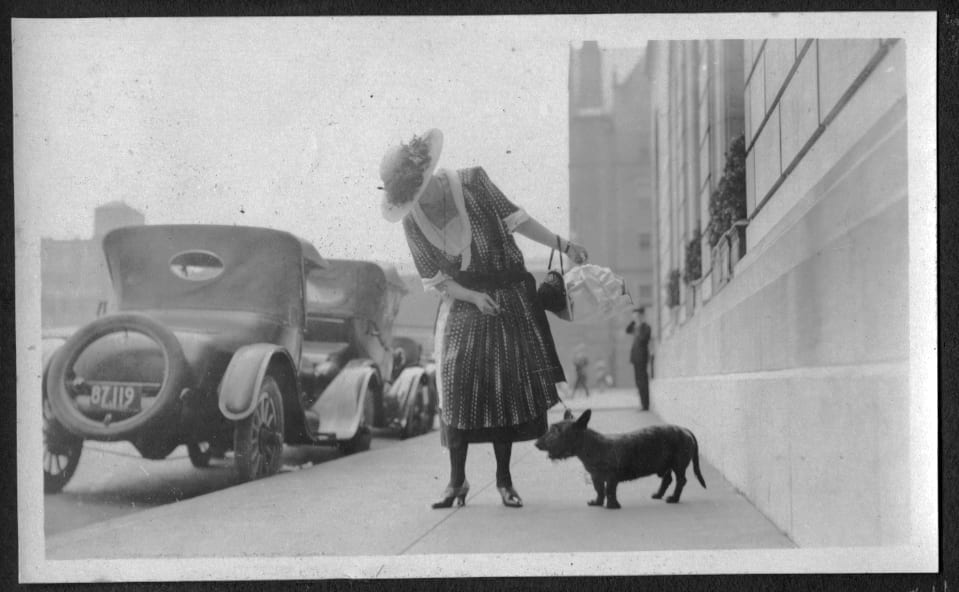
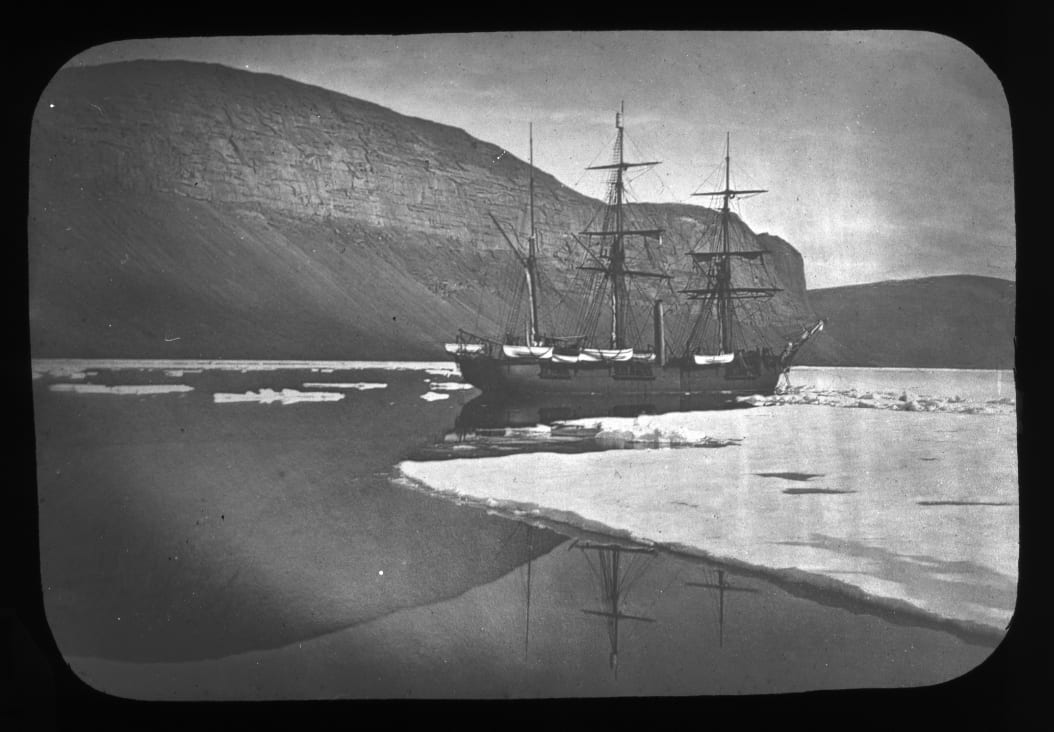


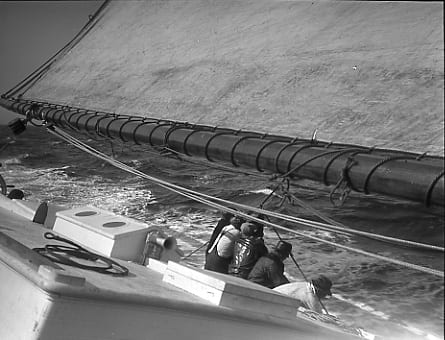
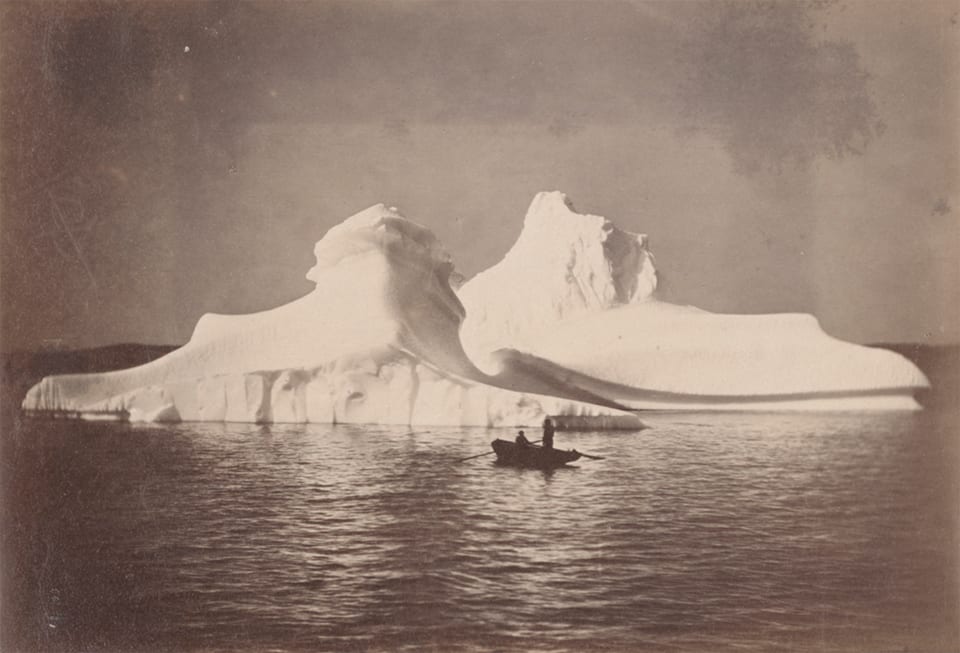
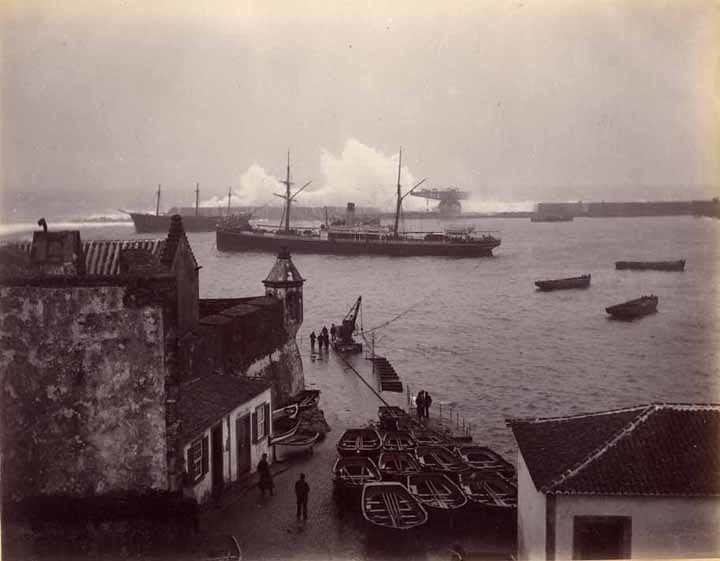
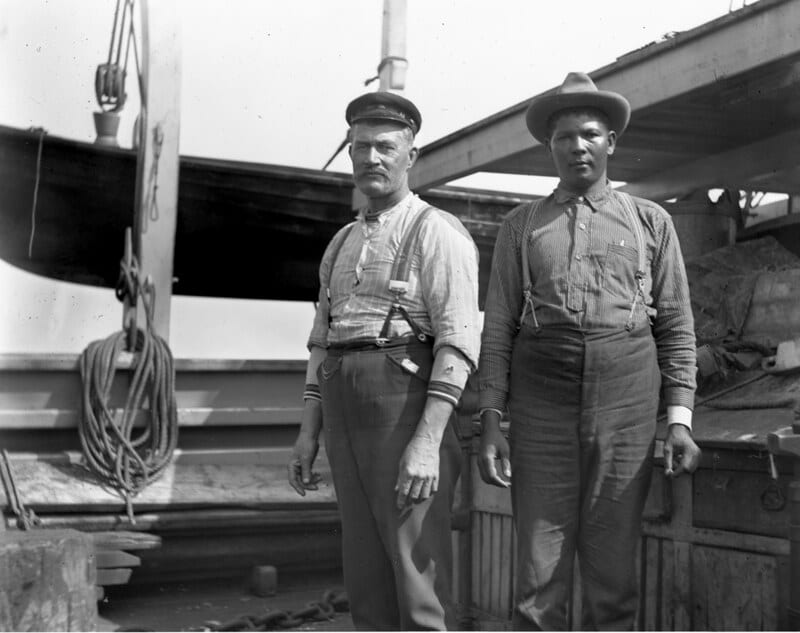

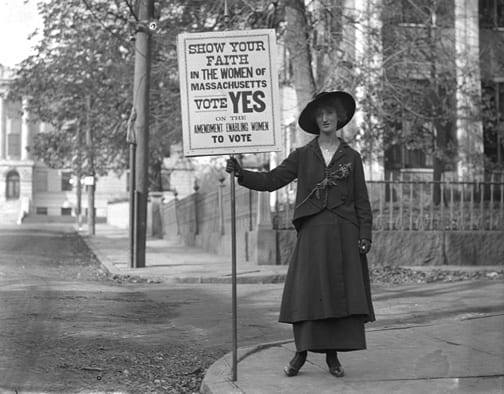
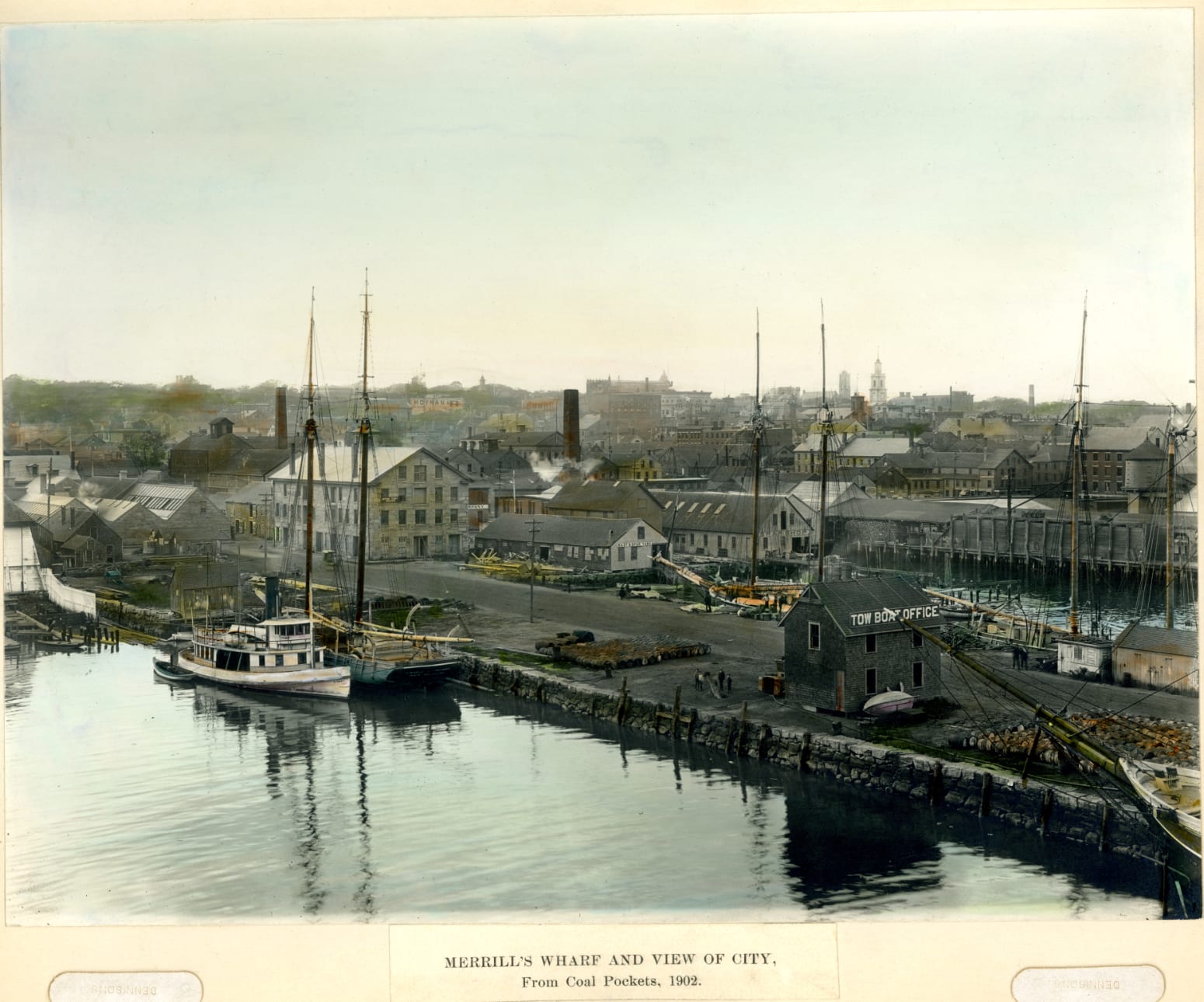
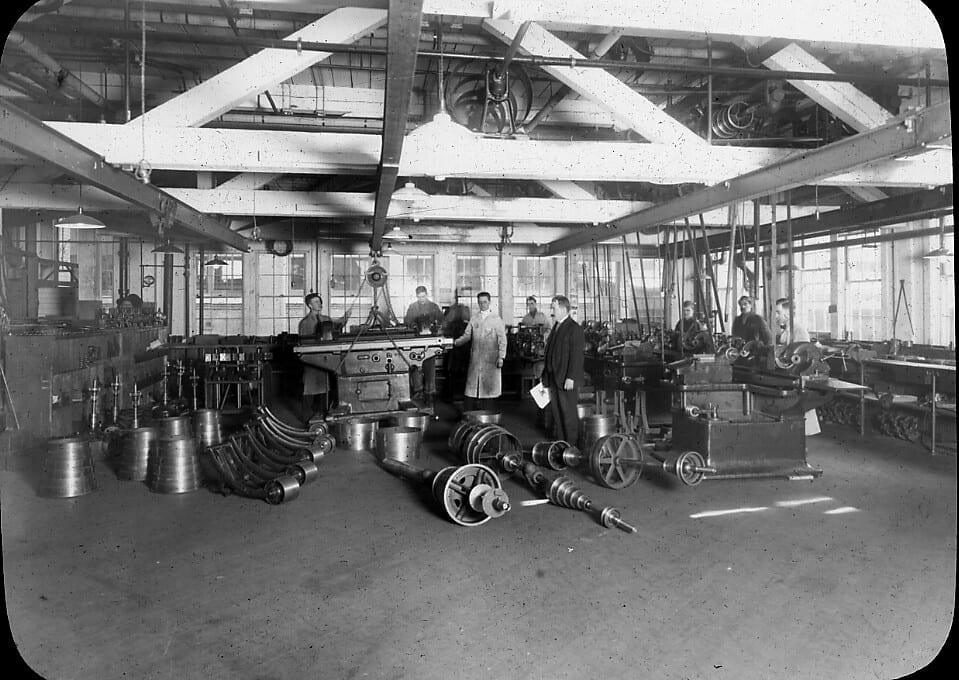
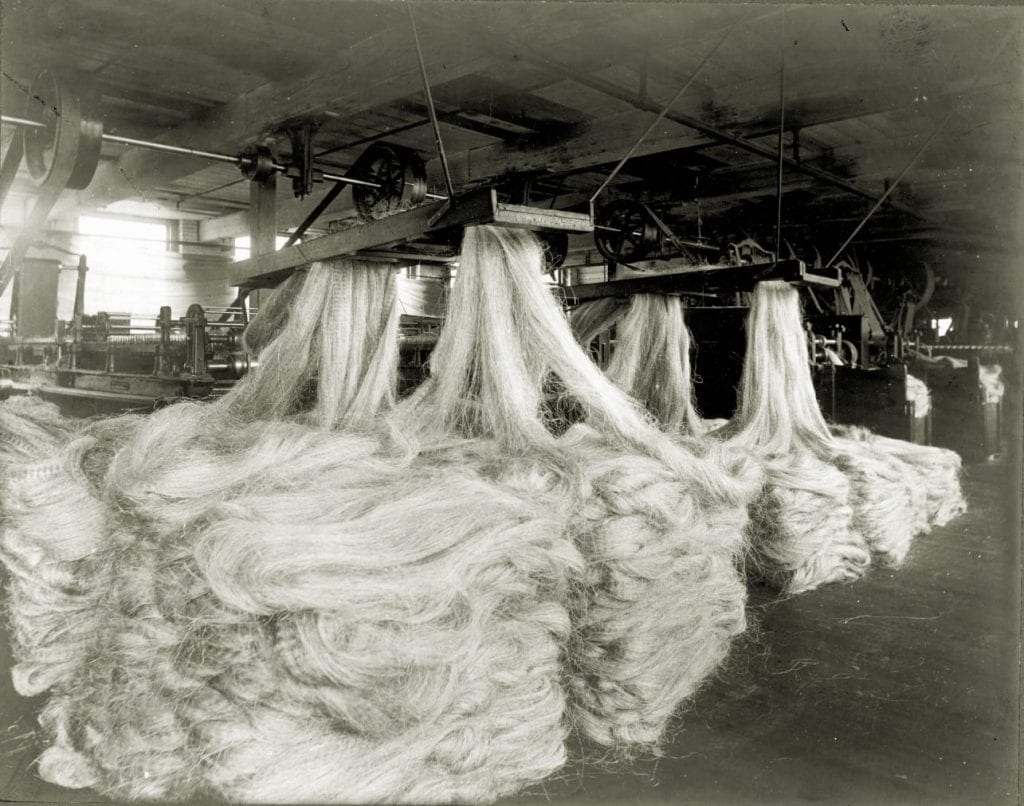
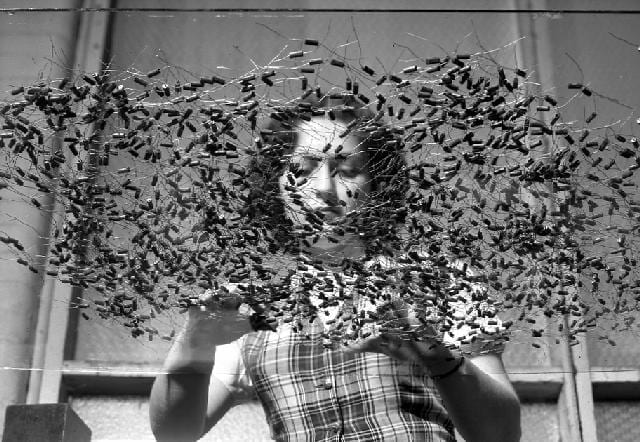
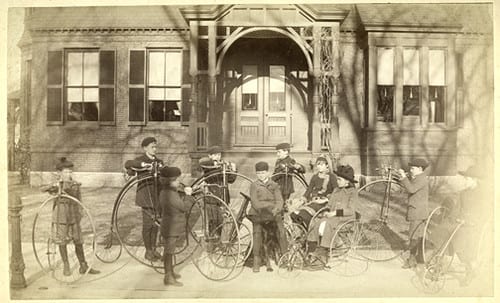
![Fred Palmer Giford House 4563941924_6743224827_b Robert Gifford House (Interior)
Accession Number: 2000.100.80.66
Creator: Palmer, Fred W.
Summary: Robert Gifford house, west side of Horseneck road, 1/2 mile south of Akin's corner. Interior view of bedroom showing bed, door and bureau; and original construction details. [pg 64]
Title: Robert Gifford House (Interior)
Date: 1906, circa
Medium: Negative, Nitrate
Dimensions: 3.5" x 3.5"](https://www.whalingmuseum.org/wp-content/uploads/2021/04/Fred-Palmer-Giford-House-4563941924_6743224827_b.jpg)
